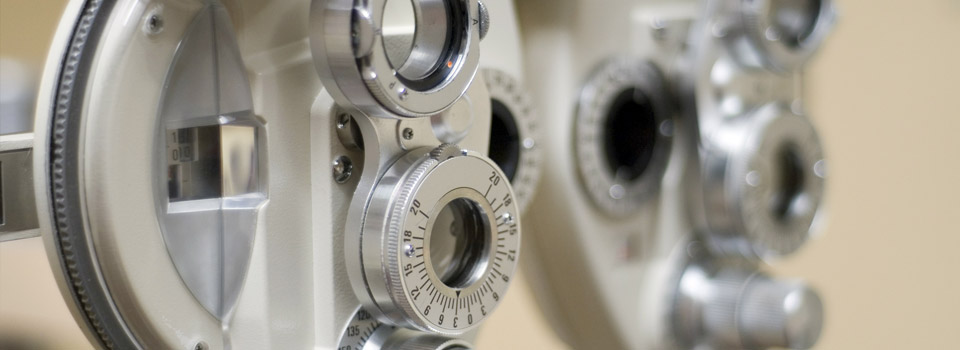What is dry eye disease? Like many other medical diseases, the definition for dry eye disease continues to evolve as we gain more medical knowledge on the subject. Simply put, dry eye disease is an imbalance of the delicate tear layer that coats the front of our eye. This tear layer is not only responsible for keeping our eyes feeling comfortable and happy, it is also responsible for us maintaining clear and consistent vision throughout the day. Have you ever noticed that your vision fluctuates during the day? For example, is it better an hour or two after first waking up, or does it become worse after a session of screen time? If so, this is likely at least partially related to dry eye.
Dry eye can cause visual fluctuations up to a whopping 70%, and can lead to a huge range of ocular symptoms such as burning, stinging, redness, pain or a foreign body sensation, watery eyes, inconsistent or filmy vision, irritated and tired eyes, sensitivity to light, increased glare with lights at night time, etc.! How can one disease have such a varied range of symptoms you might ask? Well, dry eye disease is actually quite complex and has a multitude of different causes.
Like many other types of eye disease, dry eye disease does not only come from within our eyes, it can also come from an imbalance within our whole body. Dry eye specifically can come from an imbalance of different components within our body, from environmental disruptors, or from improper functioning of our eyelids or lacrimal gland. If something is causing damage to our eyes from within our whole body, this means the causation can be from our diet, our medications, our stress and inflammation levels, our hormones, etc. Environmental factors point to factors such as smoke or other allergens, dust, artificial heating/cooling, wind, etc. Lastly and more specifically with our eyes, inflammation on the eyelids, contact lens wear, blockage of our delicate meibomian glands in our eyelids (often from excessive screen time), or make-up (false eyelashes, tattooed eyeliner, cosmetic products with preservatives/chemicals) will lead to a fall out of homeostasis that causes dry eye.
Now that we have an idea of what dry eye is and where it comes from, it makes sense to realize that the treatment will vary by individual. In the past, this disease was often treated by artificial tears alone. However, we now know that we need to have multi-targeted treatment in order to address the individual’s specific cause of dry eye. Even artificial tears vary greatly in composition and function, and while you could haphazardly pick one for yourself out of the many choices on the pharmacy shelf, the best option would be to inquire with your Doctor of Optometry about the best one for you, along with an individualized dry eye treatment plan.
Please note that blurry vision can also be related to your prescription or other important eye conditions that should be addressed with annual or bi-annual comprehensive eye exams. For more information on dry eye, please consult your Doctor of Optometry and watch out for our continued dry eye information series with Armstrong Optometry!
Dr. Talisa Dennis


